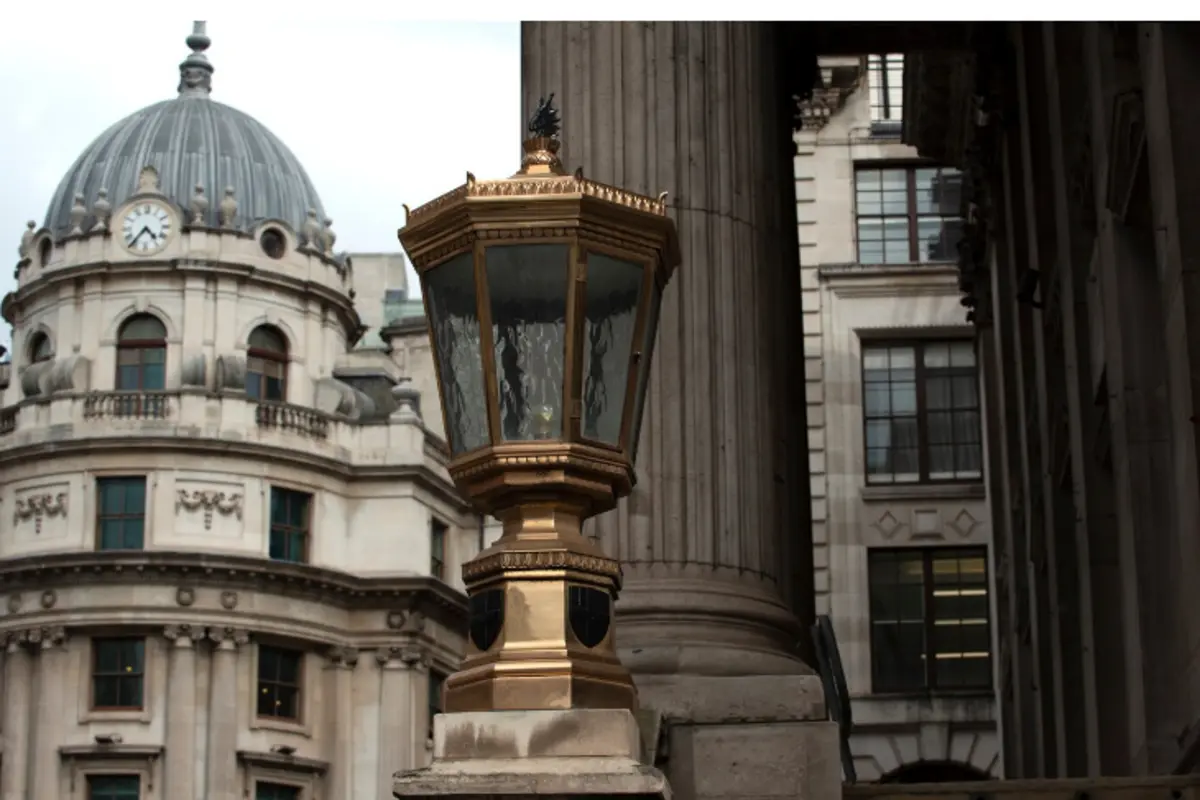Von [qtool]
Einführung
Amidst the bustling streets and towering skyscrapers, London offers a sanctuary of tranquility and natural beauty through its extensive network of green spaces. From royal parks steeped in history to hidden gardens tucked away in neighborhoods, these green oases play a vital role in enhancing the quality of life for Londoners and visitors alike. This article explores the significance, diversity, and cultural impact of London’s green spaces, highlighting their importance as essential urban sanctuaries.
The Role of Green Spaces in London
London’s green spaces serve as essential lungs for the city, providing numerous environmental, social, and health benefits to its residents. They contribute to biodiversity, improve air quality, mitigate urban heat island effects, and offer recreational opportunities for relaxation and exercise.
Key Benefits of Green Spaces
- Environmental Benefits: Green spaces help absorb carbon dioxide, filter pollutants from the air, and provide habitats for wildlife, contributing to urban biodiversity.
- Health and Well-being: Access to green spaces promotes physical activity, reduces stress levels, and improves mental health and overall well-being among urban dwellers.
- Community Engagement: Parks and gardens serve as communal spaces for social interaction, cultural events, and community gatherings, fostering a sense of belonging and civic pride.
Iconic Green Spaces in London
1. Hyde Park
As one of London’s largest and most famous parks, Hyde Park offers a serene escape in the heart of the city. Visitors can enjoy boating on the Serpentine Lake, visit the Diana Memorial Fountain, or attend events such as concerts and seasonal festivals.
2. Regent’s Park
Regent’s Park is renowned for its picturesque landscapes, formal gardens, and London Zoo. It features the stunning Queen Mary’s Gardens with a vibrant display of roses and other floral arrangements.
3. Kew Gardens
Located in southwest London, Kew Gardens is a UNESCO World Heritage site renowned for its botanical collections, glasshouses, and treetop walkway. It serves as a center for botanical research, conservation, and education.
Hidden Gems: Lesser-Known Green Spaces
1. Hampstead Heath
Hampstead Heath offers panoramic views of London’s skyline, expansive meadows, woodlands, and bathing ponds. It provides a natural retreat for hiking, picnicking, and enjoying panoramic views.
2. Greenwich Park
Greenwich Park is home to the Royal Observatory and offers sweeping views of the River Thames and Canary Wharf. It combines historic landmarks with tranquil gardens and is ideal for leisurely walks and picnics.
3. Richmond Park
Richmond Park is the largest Royal Park in London and is famous for its resident deer herds, expansive grasslands, and ancient oak trees. It provides opportunities for cycling, horse riding, and wildlife watching.
Cultural Impact and Community Engagement
London’s green spaces play a significant role in the cultural life of the city, hosting events such as open-air concerts, art installations, food festivals, and theater performances. They serve as venues for cultural celebrations and community-driven initiatives that celebrate diversity and creativity.
Sustainable Management and Conservation Efforts
Efforts to preserve and enhance London’s green spaces include sustainable management practices, biodiversity conservation, restoration of historic landscapes, and community involvement in park stewardship and volunteer programs.
Abschluss
London’s green spaces are integral to the city’s identity, offering respite from urban life, promoting well-being, and connecting communities with nature. Whether strolling through historic parks or discovering hidden gardens, these oases in the urban jungle enrich the lives of Londoners and visitors alike. As the city continues to grow, preserving and expanding green spaces will be essential for ensuring a sustainable and resilient urban environment that nurtures both people and wildlife.


